Grew Organic Inbound Monthly Recurring Revenue with SEO by 130%
by creating a new product tour experience and Industry pages.
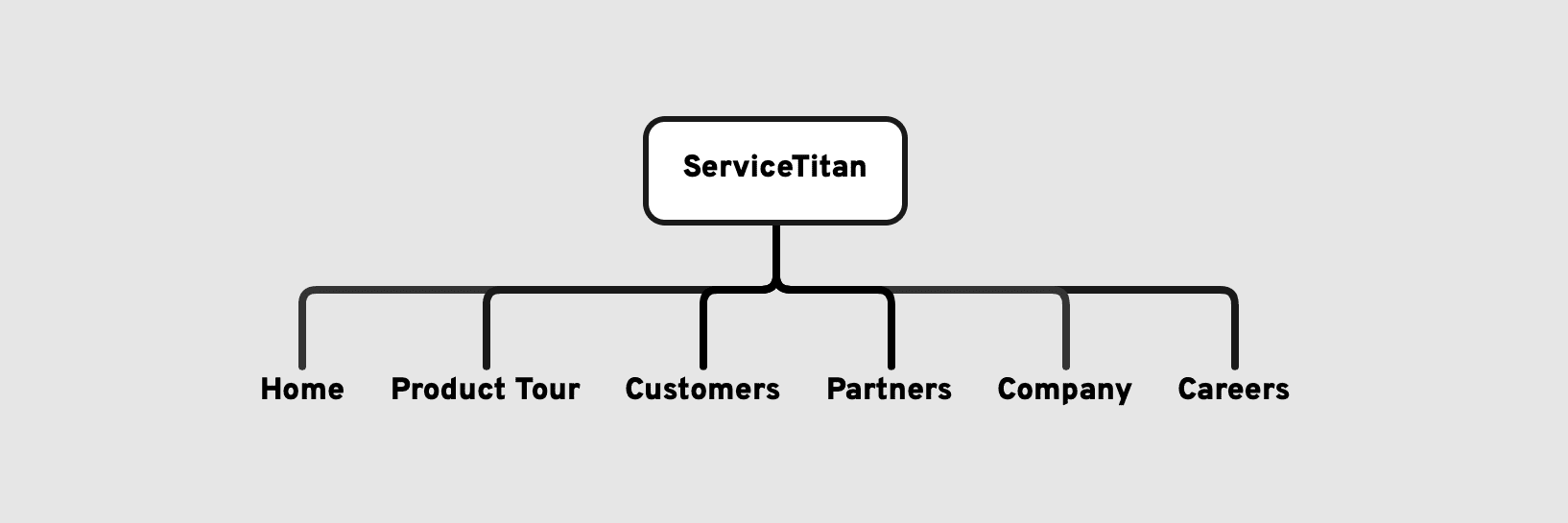
Problem
At the time, most of our customers acquired from marketing efforts were from paid channels. My goal was to increase leads and revenue generated with content and SEO. Our website was very thin on content and most of our visitors were from branded search queries. We weren’t generating any new demand. We were only capturing existing demand.
Below was our very simple website structure. My challenge was to build and expand on this content in order to rank for more bottom-of-funnel (BOFU) search queries and therefore generate more leads without increasing marketing spend.

Solution
To generate more leads and new customer organically, my solution was to create more BOFU content to rank for more BOFU search queries. Rather than prioritizing top-of-funnel (TOFU) such as blog posts on wider industry related topics, I prioritized creating content and ranking for buyer-centric search queries. Although these search queries are generally harder to rank for, it would quickly and directly lead to more leads and new customers. Below is the process my team and I used to accomplish this.
Part I — Creating New Pages
Step 1 — Keyword Research
Before we started planning the new pages to create, we first needed data. This is where keyword research came in. We started with Google Search Console (GSC) and uncovered the non-brand keywords/queries people were already using to find our site. Since Google Ads was already a consistent channel, we also looked at our top performing non-brand queries. Then, we looked at the main pages our competitors created and the queries they were going after. After gathering a list of potential queries, we prioritized them based on simple criteria: search volume, stage in funnel, and relatedness.
Step 2 — Plan New Sitemap
Once we knew what queries to go after, we planned what pages to create and where they would fit on our site. Here’s the new sitemap we came up with:

The Product Tour would expand from a single page to nine pages. An all new section for the Industries we serve allowed us to create four more pages to go after more target queries.
Step 3 — Getting the Team Onboard
Creating 13 new pages is not a simple task. We needed many people involved to make sure the pages were more than just new content for SEO. They needed to correctly and thoroughly explain the product. They needed to entice the reader with good copy. They needed to be designed well and reflect our brand appropriately.
I pulled in our Head of Creative to discuss the scope of the project. He led the designers and developers and we pulled in the Product Marketing team to create the initial copy. Our SEO Specialist on my team reviewed the copy and made sure we were optimizing for our target queries and had enough content. He also wrote the new page URLs and meta data for each page.
Step 4 — Publishing the Pages
We first published the Industry pages, because they had the highest ROI potential and were quicker to create. Here’s what they looked like:



Then after much revisions and improvements, we published the new Product Tour. The old, single page Product Tour looked like this:

It had only one section for each major function of the product. From a brand and web experience point-of-view, it would not be beneficial to the user to only expand on the functions that had opportunity in search. Therefore we expanded on all the main product functions into their own pages. And here’s what they looked like:


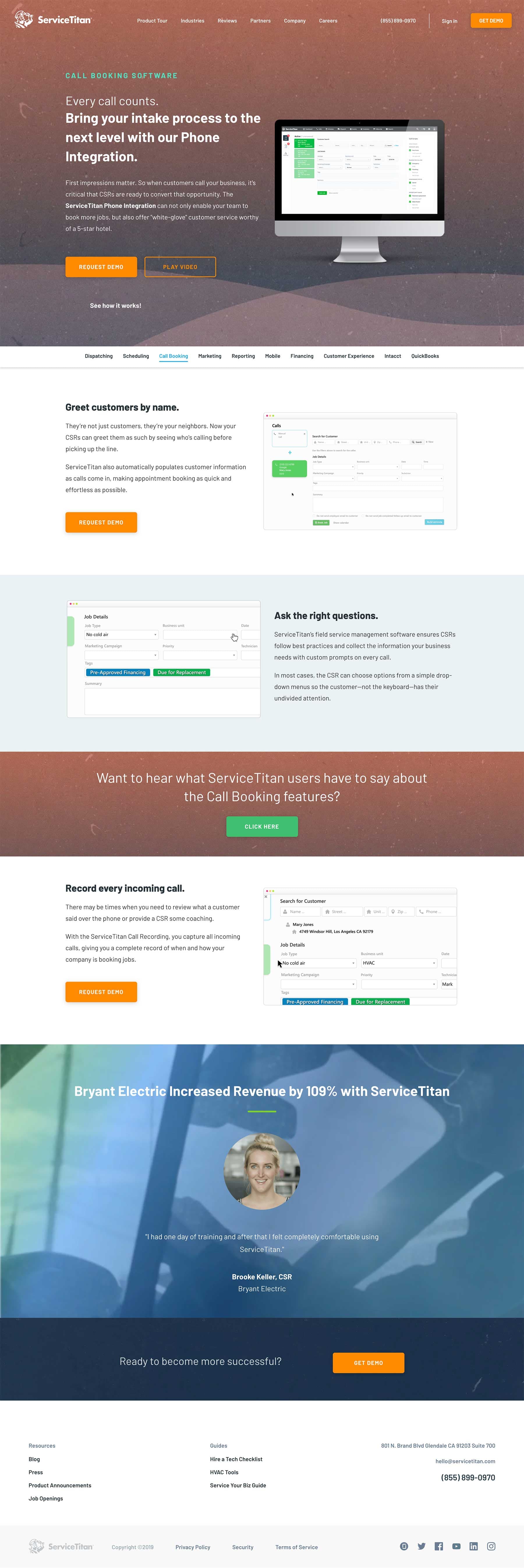
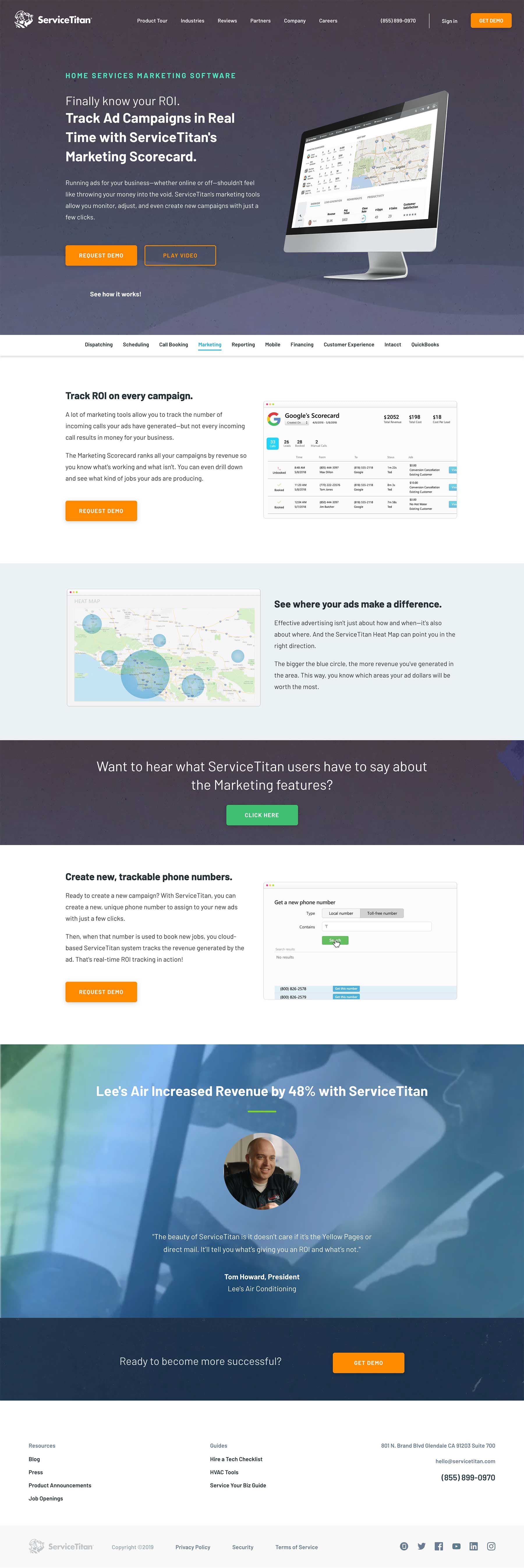
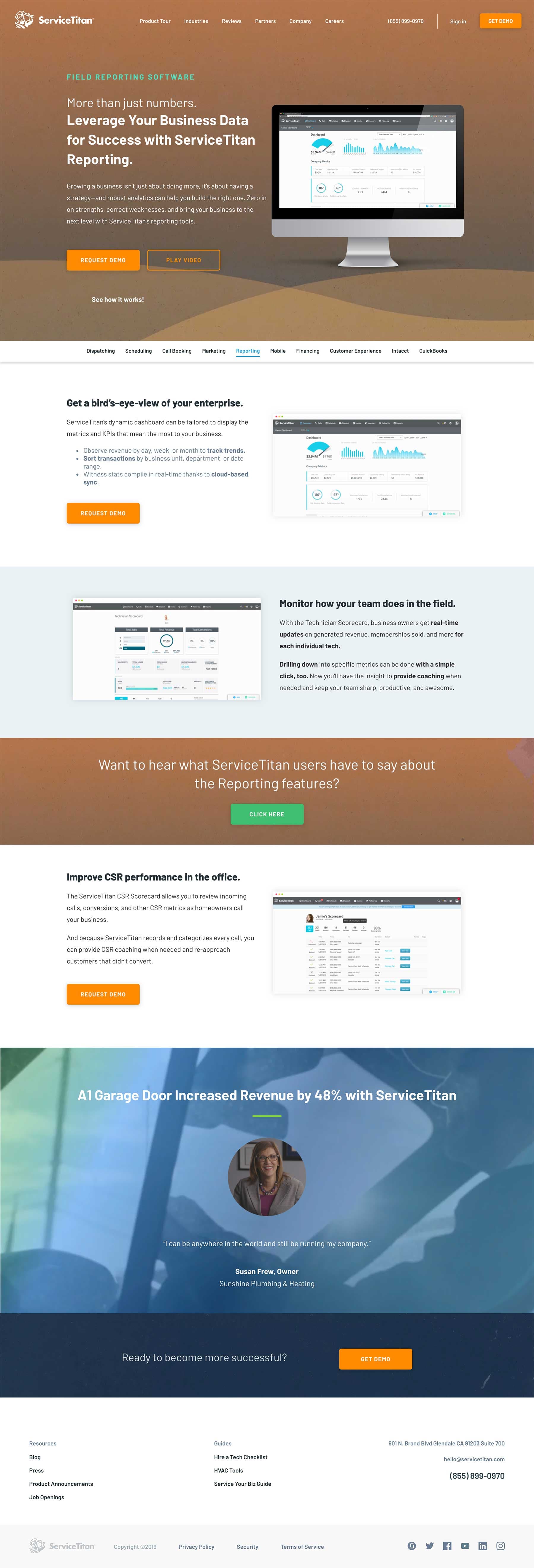




Part II — Onsite SEO
As we published the pages, I directed our SEO Specialist to fine tune each page for better rankings. This included the meta title and description, the heading tags on the page, the keyword density, and proper schema and HTML markup. To increase our click-through-rate (CTR) in the search engine result pages (SERPs), we used the review schema:

Then to let Google know these new pages are important, we added a new section on our homepage to spread some “link juice” to them.
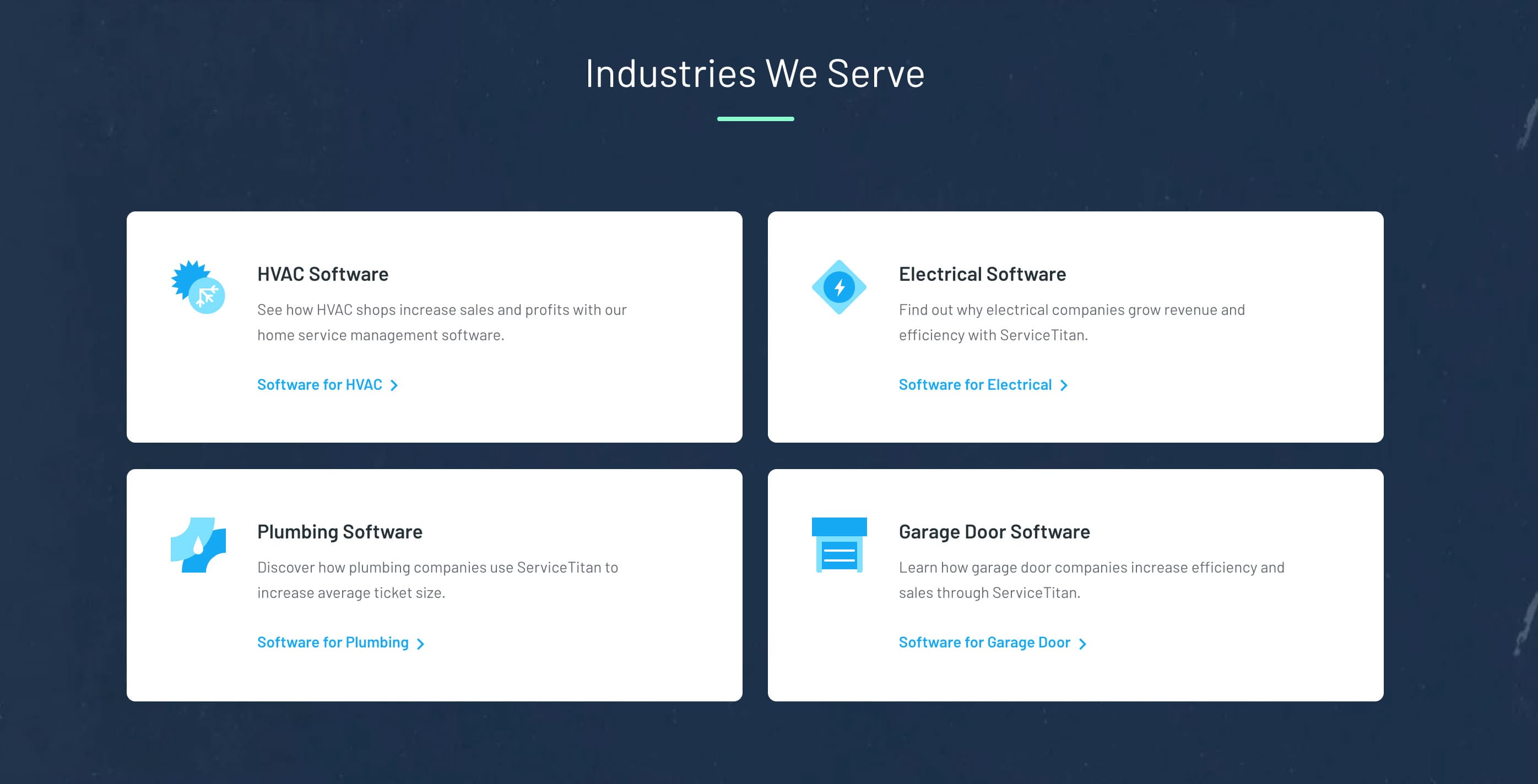
Finally, we went through our best blog posts and added internal links to our new Industry and Product Tour pages where appropriate.
Part III — Linkbuilding
Since we were already doing regular press releases, we sprinkled in some links to our new pages. Second, we hired a linkbuilding agency.
A lot of marketers will say this is not a smart move, but here’s how we made it work. The links being built had to be through content. That content had to actually be good. The sites we submitted content to did not sell guest posts or allow self submissions — we had to work with them. The sites had to be related to our industry or tech. They most definitely can’t be in a private blog network (PBN). With these standards in place, we found an agency who could do this for us. They acted more like a PR firm than a linkbuilding agency and that’s exactly what we wanted.
Results
We published the Industry pages in early Q2 of 2018 and the new Product Tour in Q3. For each Industry page’s primary keyword, we achieved a rank of either #3 or #2 in the SERPs. While the new Product Tour’s rankings are still improving, the primary query for those pages have less volume and are less lucrative. Every week we exported a search performance report from GSC. Using REGEXMATCH formulas in Google Sheets, we bucketed queries into segments to track performance in the SERPs.
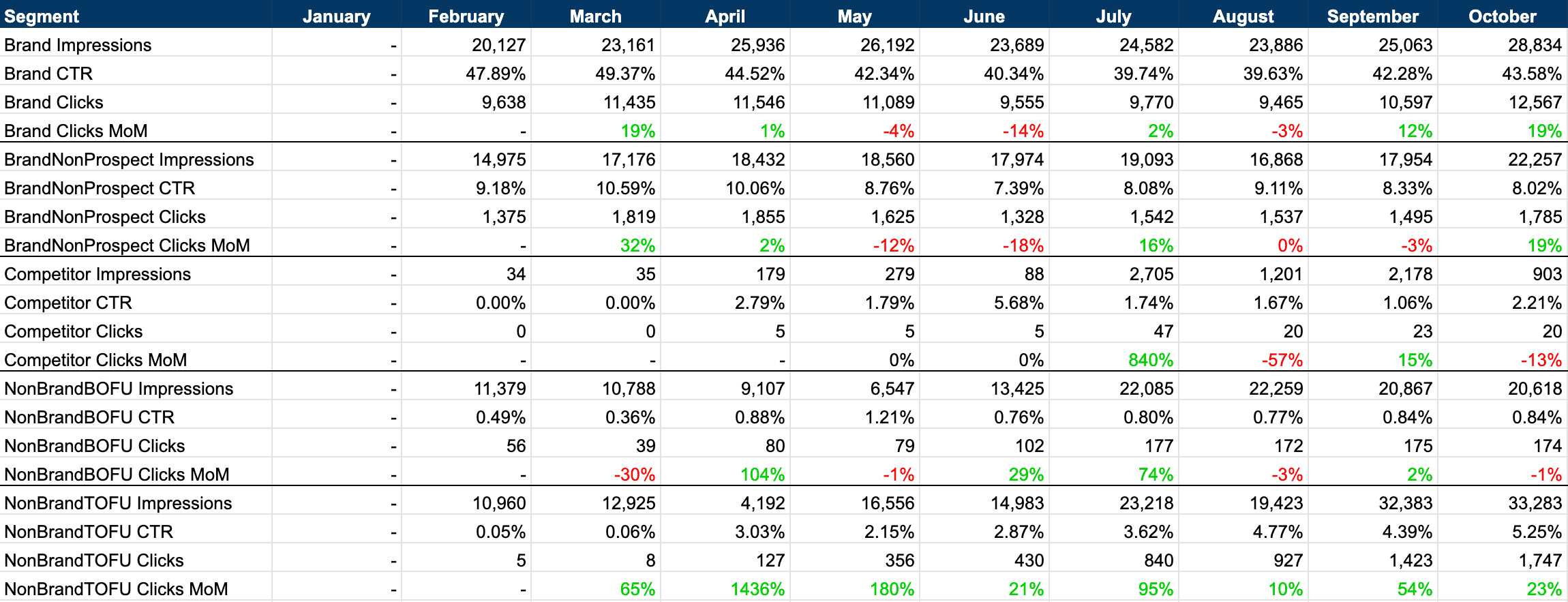
Non-brand BOFU organic clicks grew 260% by the beginning of Q4 ‘18 compared to the average month in Q1.
To attribute down funnel metrics to organic search, we used Bizible. With Bizible’s integration into Salesforce, we could see all the booked meetings, pipeline, and revenue generated from organic search and which page they started their session on. And because we knew which pages were ranking for which queries, we could infer how much revenue a segment of search queries were generating.
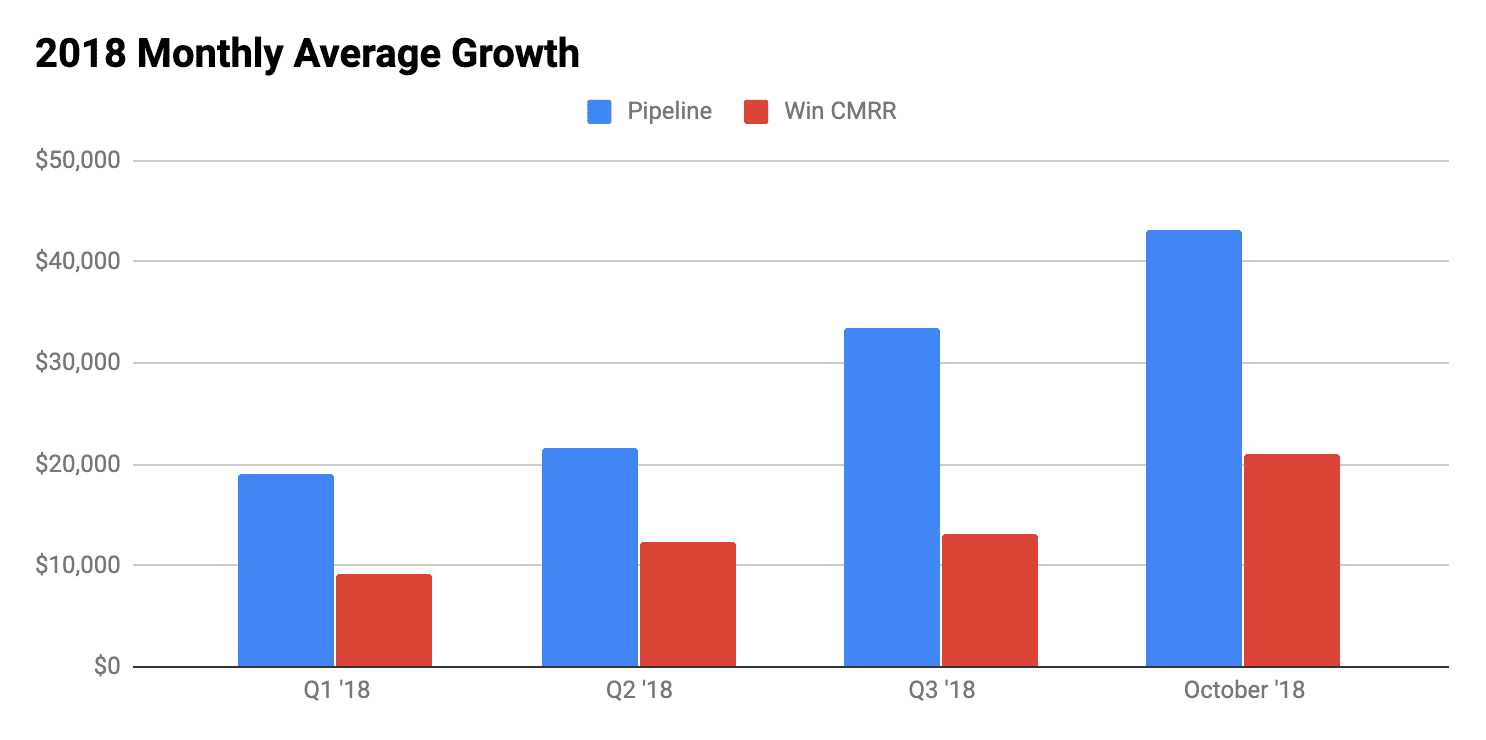
New customer monthly recurring revenue from organic search grew 130% by the beginning of Q4 ‘18 compared to the average month in Q1. As more links are built and more content added over time, the rankings, leads, and customers generated will continue to improve.
